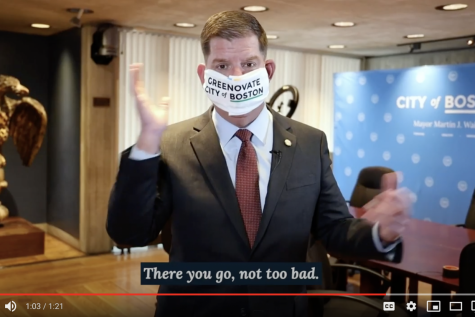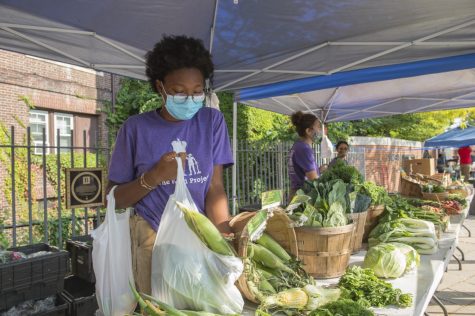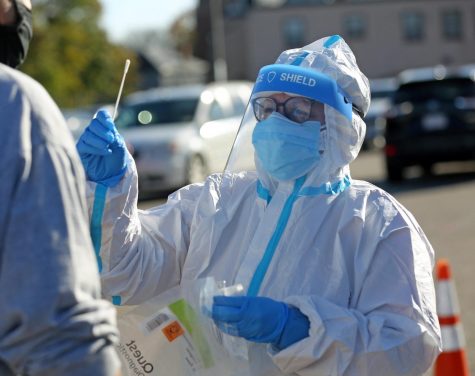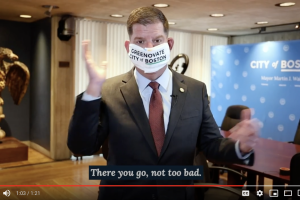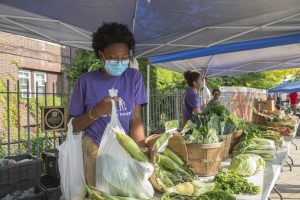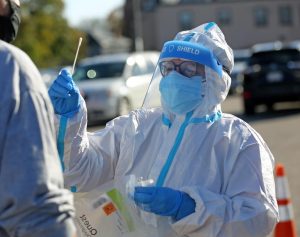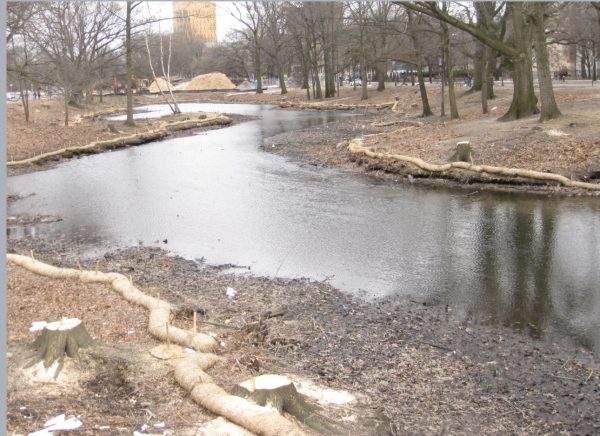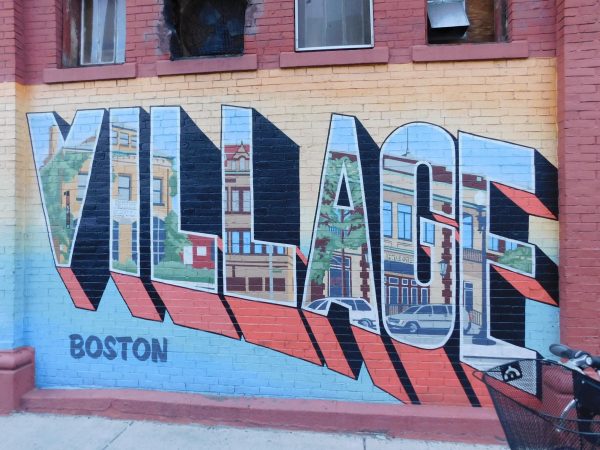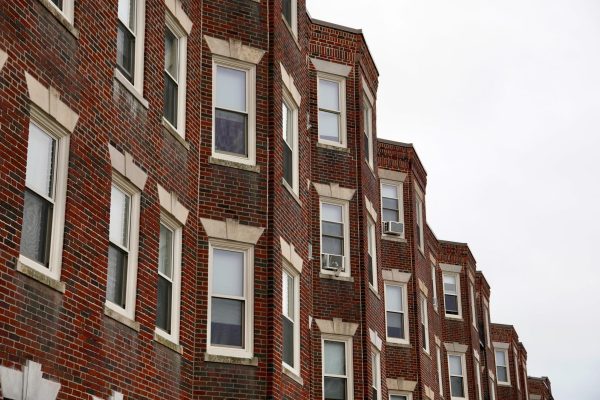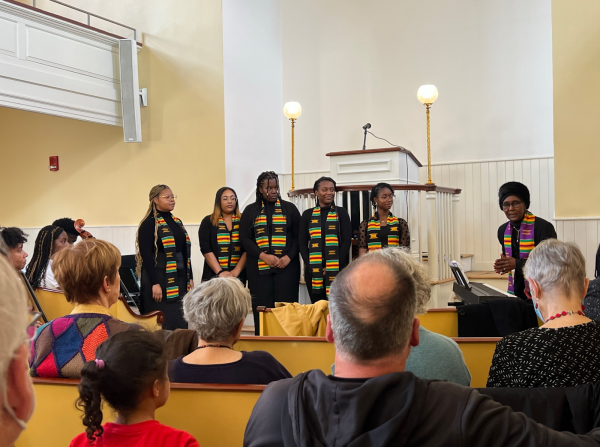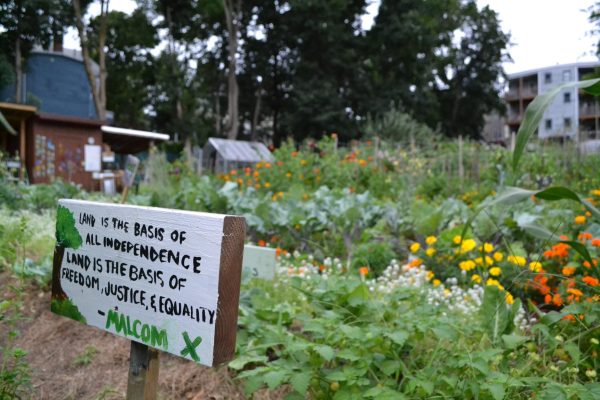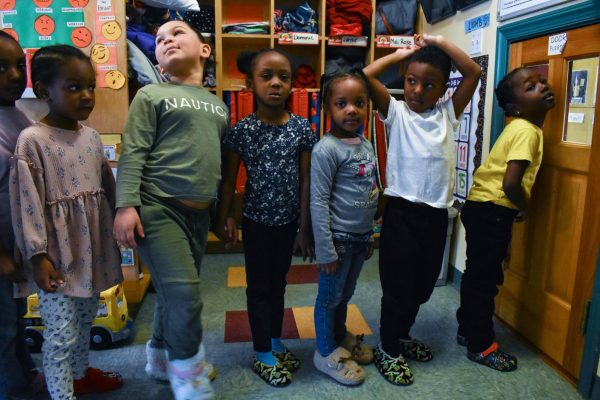Volunteering in the time of a pandemic
It is more important now than ever to be cognizant of all consequences of acts of service. As both volunteers and the communities they serve bear the negative impact of the pandemic, mindful community engagement can provide mutual benefit for both parties.
At the youth writing and publishing nonprofit 826 Boston, Volunteer Program Director Patti Wilder has spent months revising the organization’s volunteer services to adapt to safe social distancing practices in the midst of the COVID-19 pandemic.
826 Boston, like many other nonprofits, has faced a double challenge in the soaring needs of community members and the insufficient capacity for safe volunteer programs as infection risks increase and safety measures become more strict.
Many organizations have had to move their services online or eliminate volunteer opportunities entirely to accommodate public health guidelines. Wilder found herself struggling to facilitate a constructive virtual volunteer environment, as the physical environment at 826 Boston has been central to students’ experiences.
“I think critical to our [volunteer program] structures, historically, was the fact that our volunteers and students were so well supported by the community they were in,” said Wilder. “[Volunteers and students] really lost connections of being in that really robust, fun, vibrant environment with lots of other people.”
Some nonprofit organizations have managed to mimic in-person volunteer opportunities in a virtual environment, but even this solution has its drawbacks.
“A lot of organizations have indeed been incredibly innovative and creative in continuing to serve their communities while allowing their employees to serve from home or adapting safe practices,” said Rebecca Riccio, founder and Juffali family director of the Social Impact Lab at Northeastern. “I think the quality of volunteer experiences is always variable… Volunteering is about the relationship and the good will and the attitude of both the organization and the volunteers. That still holds true in COVID times.”
View this post on Instagram
Poster for a recent program at 826 Boston. Courtesy of 826 Boston Instagram.
In many ways, virtual volunteer opportunities have maintained the meaningful interactions Riccio described. Wilder told the story of one student who joined 826 Boston’s tutoring program after all services moved online and only agreed to return in the fall if he could continue to work with the same tutor. Despite the virtual nature of their experiences together, the student and tutor had formed a strong bond.
These close relationships may be more important than ever during the pandemic, as many people feel isolated while practicing social distancing. This sentiment is especially true for the residents at Sherrill House, a skilled nursing and rehabilitation center in Boston that now offers communication between volunteers and residents via phone calls, video calls, letters or video presentations.
“This is such a very challenging time for our elders, particularly those that are in assisted living situations. Social isolation is such a challenge for [Sherrill House’s] population, it just is not good for [residents’] health,” explained Pattyanne Lyons, director of development at Sherrill House. “I think that it means a great deal to [the residents], the Zoom call… it’s very valuable to know that people haven’t just forgotten [them]. Relationship-building and social time is very very valuable, by Zoom, by phone, even by letter.”
Just as volunteerism provides meaningful experiences to the communities that are served, it also offers volunteers the opportunity to reflect and grow socially, emotionally and intellectually. “A lot of [my work at the Social Impact Lab] is tied to my deep commitment to rethinking, reimagining how we understand the complexity of engaging in social change and the obligation we have to stop harming communities in the name of good intentions,” explained Riccio.
According to Riccio, the COVID-19 era has opened doors for more volunteer work to take place, as many people find themselves with more free time and desire to facilitate personal and community development. Virtual community service can be performed from anywhere, which eliminates geographical barriers that may have previously existed.
“The pandemic might be bringing more volunteers in a different way,” said Lyons.
Nevertheless, virtual volunteer work has its drawbacks as well. It seems most community service organizations are looking forward to the time when they can safely return to in-person volunteering. “I think we’re really excited and looking forward to when it will be safe to bring students and volunteers together again,” said Wilder.
This longing for in-person experiences exists because virtual interactions miss out on some informal social experiences, explained Riccio. “Everything has to be for a reason or purposeful for someone to get on a Zoom call, but in the past there was a little bit more multifaceted interaction when you walked into a room.”
Virtual work also requires access to necessary technologies and the Internet. Technology can be inaccessible or limited for certain communities, such as students or residents in nursing homes.

John Tobin, vice president of Northeastern’s Center of City and Community Engagement, which connects members of the Northeastern and Boston communities, described how students of Boston Public Schools now need access to a computer and the Internet to engage in online learning and tutoring. His colleague Becca Berkey, director of Community Engaged Teaching and Research for the Center of City and Community Engagement, pointed out that for individuals in nursing homes, “a lot of them have the Wi-Fi, but they don’t know how to use the technology.”
Despite these groups being disproportionately affected by the pandemic and potentially having more of a need for volunteer services, they may not be able to receive those services. “Wireless isn’t just for playing Tetris anymore, it’s how you learn, it’s how you socialize,” Tobin said. “If people don’t have fair and suitable access to that, you’re leaving them behind.”
Regardless of the benefits and drawbacks of online volunteer work, some organizations’ services cannot be virtualized. Rosie’s Place on Harrison Avenue in Boston, the first women’s shelter in the United States, was unable to maintain any of its volunteer programs during the pandemic.
“Before the pandemic we had 50 to 100 volunteers on site any day. Overnight that went to 0,” said Jessica Garretson, director of volunteer services at Rosie’s Place.
During this period of no direct volunteer work, Rosie’s Place has seen a rise in need for their services. “The pandemic did not cause an emergency with our guests, it increased something that already existed and already was a huge need,” Garretson explained, referring to the issue of food insecurity among many Boston residents. “A lot [of our work] right now is going into hunger. There are a lot of food insecure people in Boston who are struggling.”
But not having access to volunteers has not left Rosie’s Place without any community assistance.
“We’ve never not had people helping out… thousands of masks have been donated, virtual food drives, care packages, there’s a lot that has been happening,” said Garretson.
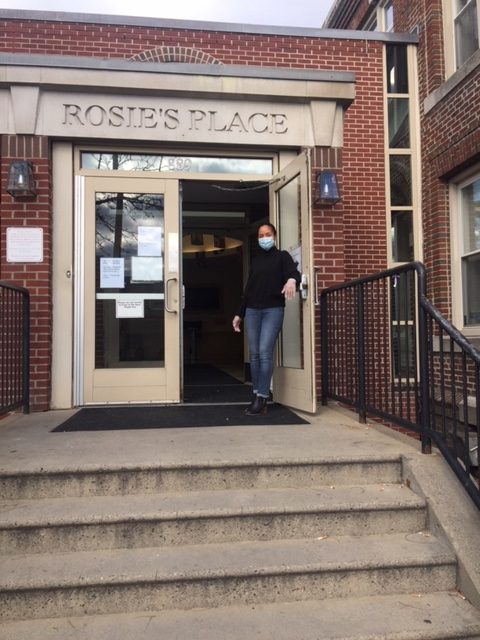
Individuals seeking meaningful ways to contribute to their community often forget about the kind of contributions listed by Garretson. As a result, many are unsure of where or how to offer help during the pandemic.
Jason Denoncourt, a peer mentor for the Northeastern Alliance of Civically Engaged Students, a community engagement organization on campus, said, “Especially during these crazy times a lot of people want to help, they just don’t know where to help or how to help, and honestly I don’t either.”
But volunteer opportunities do still exist during the pandemic. Some organizations offer virtual volunteer programs, while others ask for online donations of money or goods. Those who are struggling still need help and there are ways to support the Boston community.
Riccio explained the best way to remain engaged in one’s community during the pandemic is to, “Do whatever you can to support local businesses, do whatever you can to listen and learn from and about [the community], look for volunteer opportunities that are safe, and reflect on what it means for [anchor institutions to have] such a huge effect on the economy and wellbeing of local communities in relation to the jobs [they] provide and the gentrification [they] risk causing, and for [members of those institutions] to understand the role they play in those dynamics.”
According to Riccio, it is more important now than ever to be cognizant of all consequences of acts of service. As both volunteers and the communities they serve bear the negative impact of the pandemic, mindful community engagement can provide mutual benefit for both parties.
“Volunteering can be a form of self-care. We get enormous satisfaction as human beings by doing for others and that may be a distraction from all that’s going on in the world right now,” Riccio said. “That being said, if we’re engaging with other people in a volunteer capacity, we do owe it to them to be fully present in the moment.”



